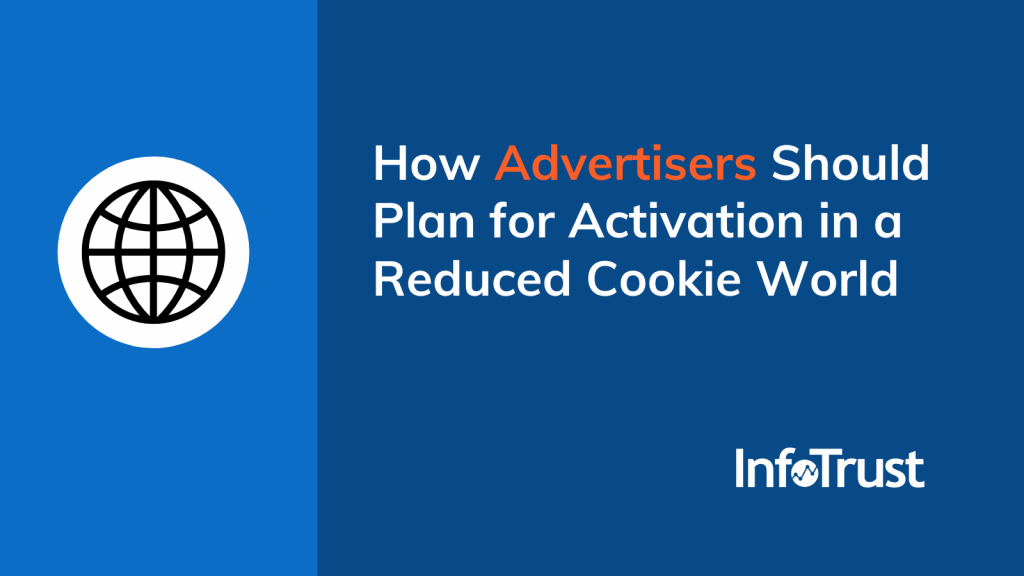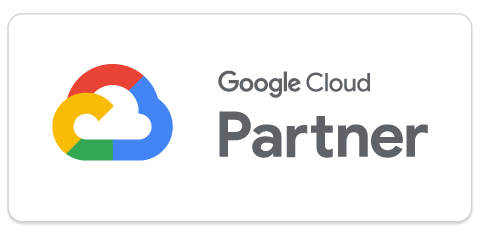By now, you’ve likely heard Google Chrome will be removing the ability to use third-party cookies in 2022. Safari and Firefox have already removed the use of third-party cookies through ITP and ETP. In addition, Google has introduced a number of new proposals such as FLoC, Fledge/Turtledove and the Privacy Sandbox. While these proposals are helpful, we want to provide actionable tips to help businesses prepare for the approaching changes. Let’s dive into what organizations can start doing today to ensure they are ready for the future of advertising.
Back to the Basics – Contextual Advertising
Contextual advertising has been available as targeting for years. As cookies are reduced, there’s a lot of buzz around how contextual advertising is a quick solution. Luckily for most businesses, they never stopped using contextual targeting; they simply reduced their reliance. It’s time for advertisers to go back and review what contextual advertising might look like for them.
- Understand your customers: Use the data you have today to build or refine customer personas. Customer personas should include customers’ interests, age range, hobbies, and more. Many of the details in a customer persona can be used for contextual targeting. For example, if your main customer persona is women between the ages of 25–40 who typically are mothers who enjoy traveling and hiking, you have a starting point for your contextual ad campaigns.
- Determine a baseline: Beyond testing new topics, locations, browsers, etc., businesses should run A/B tests to determine a baseline. Contextual targeting is a one-to-many relationship and will require a few iterations to determine what works best for your organization. When running campaigns, make sure a clear objective is defined and work from there to set a baseline.
- Define Negative Targeting/Exclude Topics: Often businesses focus on who they want to target and how to reach more potential customers. By doing this, there is a risk in where the ad may appear. Businesses should define negative keywords or topics to exclude. This allows the ad platforms to not show your brand message in those locations. The idea here is to make sure your brand is only shown on relevant topics and on websites you know and trust.
First-Party Advertising
First-party cookies are not being removed. At the time of publication, businesses can still use first-party data to target users who have opted into advertising. Yes, the reach will be smaller, but it will also be more targeted.
Now more than ever it’s important for businesses to collect and store their own first-party data. Many companies are working on tests to encourage users to share information such as their email address, phone number, or address. These data points can be mapped to advertising in some ad platforms.
The key for first-party data collection is to build trust with your website users. Forcing users to log in does not work for every business model so you’ll want to test different options. For retailers, this could be subscribing to a newsletter or registering when checking out. CPG companies might have consumers join a loyalty program or newsletter, whereas news organizations may prefer to implement gated content. No matter what option you choose, be sure to A/B test and make it clear the value the customer gets from providing their information.
Action-Based Audiences or Traditional Retargeting
Google is currently working on a solution for remarketing to users; however, it will not be identical to what’s available today. In the post-cookie world, retargeting will require businesses to plan ahead. The Turtledove/Fledge proposal will require users to be placed into an interest group at the time the interaction happens. In addition, users can be removed from interest groups when an interaction happens. The biggest change here is that advertisers will not be able to place users in groups based on past on-site actions in a post-cookie world.
In addition to grouping users, it is likely that many elements (like ad campaigns and copy) will need to be pre-planned. For businesses, this means developing a full campaign, creative, and copy before advertising to any users. Once the campaign is configured and shared with the browser, then users can be added or removed from an interest group as they complete interactions on-site.
Advanced Models – Machine Learning
Start using machine learning for advertising. Whether you want to determine the likelihood of a user to convert, a user’s lifetime value, or want assistance in clustering users into groups, machine learning can help. Machine learning is perfect for building first-party audiences and assisting with bidding. Segment customers and send additional signals to the advertising platform to indicate whether to bid higher or lower for a specific group of users. Machine learning models will allow businesses to optimize their ad spend to target specific groups of users based on their campaign needs.
How to Get Started
Now that you know how advertising is evolving, let’s talk actionable next steps:
1. Audit Your Advertising Stack
Start by reviewing your media tech stack. What platforms are being used and do they rely on third-party cookies? An audit will help you understand how much of your advertising will be impacted and where to prioritize your efforts.
2. Define or Refine Your Customer Personas
Use the data you have today to get to know your audience. For organizations that already have customer personas, go back and review them. Companies grow and your customer base evolves so it’s important to ensure you are targeting the correct groups.
3. Test and Determine a Baseline
It’s true that the post-cookie world is still a mystery but that doesn’t mean you cannot test and be prepared. Start testing new contextual targeting, try building machine learning models and see how accurate they are, and try a new bidding type. It’s important to get these initial tests going and start to define a baseline for new campaigns.
4. Be Open to Change
The internet is going to continue to change and that means your marketing needs to be fluid. Work towards being a company who continually tests and improves versus getting stuck in the now.


